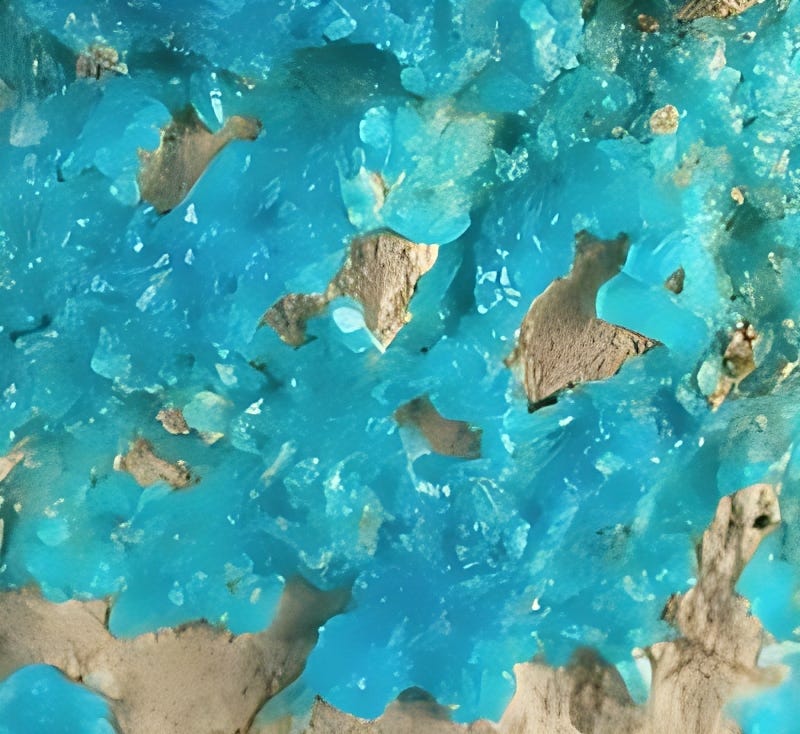Plastic Rocks: A Disturbing Revelation from a Remote Island
Written on
The Alarming Impact of Plastic Pollution
Recent findings on Trindade Island, one of the most isolated locations in the Atlantic, reveal an unsettling truth about plastic pollution. Researchers have uncovered formations resembling rocks, composed entirely of plastic debris. This discovery raises concerns about the increasing prevalence of such materials on beaches and their damaging effects on the environment.

Plastic, a significant threat alongside climate change, is non-biodegradable, meaning it can persist in ecosystems for centuries, polluting both land and water. The burning of plastic releases harmful pollutants into the atmosphere, while improper disposal into oceans endangers marine life and habitats. Furthermore, the production of plastics is energy-intensive and generates greenhouse gases that contribute to climate change.
The proliferation of plastic since the mid-20th century has resulted in its omnipresence in our environment, extending even to the atmosphere in the form of microplastics. The recent discovery on Trindade Island serves as a stark reminder that we are now living in a plastic age.
The Impact on Trindade Island's Ecosystem
Trindade Island, situated 1,140 kilometers from Brazil's coast, is renowned for its ecological significance, particularly as a nesting ground for green turtles. These turtles are monitored by the Brazilian Navy, the island's only permanent residents. However, the emergence of plastic rocks on the shores poses a grave threat to these turtles and the overall ecosystem.
These so-called plastic rocks are formed when discarded plastic waste on the beach interacts with the island's volcanic stones. The primary source of this plastic is fishing nets, further highlighting the extensive reach of plastic pollution and its harmful effects on Earth's geological cycles.
The Formation of Plastic Rocks: A Geological Concern
In 2019, geologist Fernanda Avelar Santos first identified these plastic formations while researching geological hazards. The findings indicated a new geological phenomenon, blending traditional rock formation processes with plastic waste. "It was particularly alarming to find such formations on an ecologically vital beach," she stated in a Science Alert interview.
The research team emphasizes that marine pollution is altering the very definitions of rock and sedimentary formations. The omnipresence of human influence challenges our perceptions of what constitutes a natural landscape.
Global Implications of Plastic Rocks
Unfortunately, Trindade Island is not alone in this plight. Similar plastic formations were discovered in Hawaii in 2014, and pyroplastics—formed from burned plastic—were identified on the Cornish coast in the UK in 2019. Another notable instance of human impact on nature is California's glass beach, which, despite its allure, tells a troubling story of pollution.
To combat plastic pollution, many establishments are taking action by eliminating plastic straws and opting for biodegradable alternatives to harmful disposable bags. Yet, completely eradicating plastic from our lives remains a daunting challenge.
The Persistence of Plastic Pollution
The troubling discovery on Trindade Island serves as a wake-up call, emphasizing the need for greater awareness and action regarding plastic pollution. As we navigate this plastic-laden era, it is imperative that we acknowledge and address the consequences of our actions on the environment.
Thank you for reading this article. If you found it valuable, I would appreciate your support through claps or a follow. Your tips would also mean a lot—thank you!